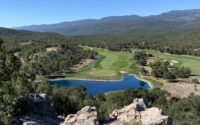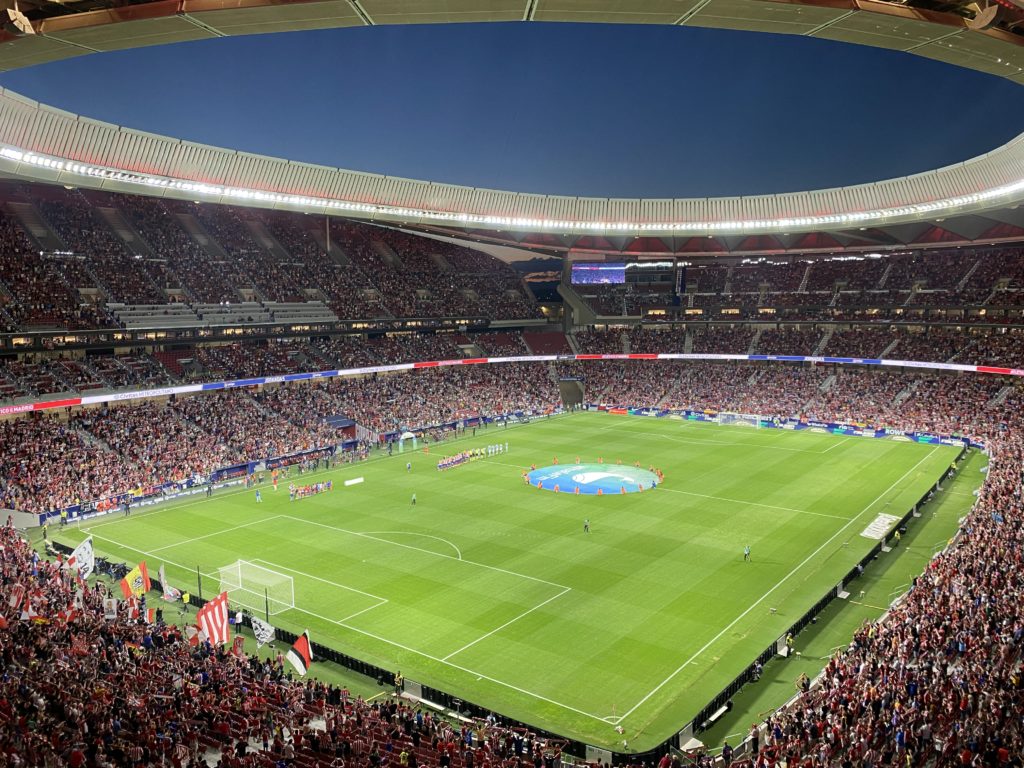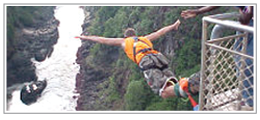Nothing tells me that I am on the Emerald Isle quite like having Guinness for breakfast. Granted I’m in Northern Ireland but it’s still as good as it is in Dublin. Even if you don’t like Guinness, you almost have to drink it here-it’s so good. Belfast itself is a really cool city thusfar an the perfect place for an Irish holiday. I spent my entire day strolling around the city, seeing all the major sites and of course drinking Guinness and buying stupid T-shirts featuring Leprechauns. I mean seriously, is there anyone who is not a sucker for Leprechauns.
Belfast itself, I have been looking forward to coming to for a long time. As a student of history, especially recent history, Northern Ireland is fresh in my mind and the images I recall from growing up are still vivid. Here is a brief recap of the history of violence in Northern Ireland.
Belfast has been the capital of Northern Ireland since its creation in 1920 by the Government of Ireland Act. Since it began to emerge as a major city, it has been the scene of much sectarian conflict between its Roman Catholic and Protestant populations. These opposing groups in this conflict are now often termed ‘republican’ and ‘loyalist’ respectively, although are also referred to as ‘nationalist’ and ‘unionist’. The most recent example of this is known as the Troubles – a civil conflict that raged from 1969 to the late 1990s.
Belfast saw the worst of the Troubles in Northern Ireland, particularly in the 1970s, with rival paramilitary groups forming on both sides. Bombing, assassination and street violence formed a backdrop to life throughout The Troubles. The IRA detonated 22 bombs, all in a confined area in the city centre in 1972, on what is known as “Bloody Friday”, killing nine people. Loyalists paramilitaries, the Ulster Volunteer Force (UVF) and Ulster Defence Association (UDA) retaliated to the IRA campaign by a series of killings. A particularly notorious group, based on the Shankill Road in the mid 1970s became known as the Shankill Butchers. In all, over 1,500 people were killed in political violence in the city from 1969 until 2001.
There may still be some tension but there is no longer fighting and the Irish Republican Army (IRA) has subsided after the 1998 Good Friday Agreement, orchestrated by former US Senator George Mitchell who is now heading up the steroid investigation in Baseball, and Belfast is booming. They are building everywhere in this city and the real estate prices rival that of the rest of the United Kingdom. (Northern Ireland is of course separate for the Republic of Ireland and is in fact a part of the UK but not Great Britain, which is made up of England, Scotland and Wales. A lot of people get that confused.)
The other day I randomly emailed an Irish friend of mine, Mick (does it get any more Irish than that), who I met hiking the Inca Trail to Machu Picchu a few years ago and he happens to be working in Belfast right now for PWC so I am going to head out with him tonight for a few pints. It will be nice to catch up with him. The last time I saw him he was heading to Arequipa in Peru where, as I wrote about in a previous entry for Lake Titicaca I believe, he was robbed at gunpoint and was stuck in Peru for weeks while trying to get a new passport, green card and cash.
Well it is now time for me to take a nap as I have not slept since leaving New York yesterday evening. However, I first must stop at my favorite spot to eat in the UK, Pizza Express. I really should open one of them in New York, they are so good. Anyway, that’s it from Belfast…off to the Isle of Man and London tomorrow.












I love leprechauns, little green people are fun
guinness in ireland is like heineken in amsterdam-you cant beat it
Check out the Globe Bar, lotsa fun
Belfast is wonderful, I ate at the pizza express too. Very funny. Enjoy your time there, a lovely city.